Outer space travel feelings and facts guide
 [an error occurred while processing this directive]
[an error occurred while processing this directive]
Space travel problems
The medical requirements for outer space travel
In the early 1960s people knew very little about outer space. Nobody knew its effect on people, whether it would be possible to think soberly, control one's emotions and take sound decisions. Nor did anybody know how g-loads and weightlessness would be endured. The training programme had to provide for a wide range of circumstances. So the applicants had to have a wide "margin of safety" as far as medical requirements were concerned.
Georgi Grechko joined the Russian astronaut group in 1966. Here are his comments on the training programme:
"The tests were unusual and rigorous. The vestibular apparatus got it worst. They would spin, rock and rotate you in a centrifuge, seat you on a single-legged stool with your eyes closed and would apply a weak electric current to your eyes which would hurl you onto the floor. Then they would seat you on a centrifuge to apply a quadruple g-load and sharply stop the rotation and ask you to turn your head with your eyes closed."
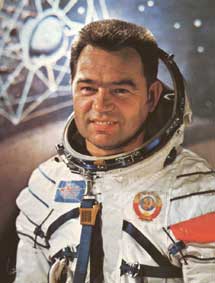
"You had the sensation of being thrown out of a sling, your body rotating round its axis and falling down a slope. Somebody would seize you, put you onto a swing and start rocking you with your eyes closed. You had to sit on the swing for 16 long minutes. Two out of three applicants would beg to be released after one or two minutes in one of the first tests which was followed by years of drills and training."
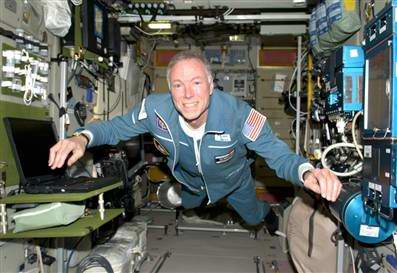
In the US the selection of candidates for the first outer space flight was even more strict. Only skilled test pilots with at least 1,500 hours flying time could have a chance. For the sake of comparison it should be mentioned that when Yuri Gagarin joined the astronaut group his flying time amounted to about 230 hours. By April 1959 out of 508 candidates only seven astronauts were selected in the US.
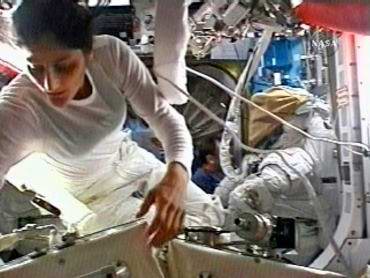
As spacecraft improved, the medical requirements to applicants and the methods of training underwent changes. Thus, when Soyuz-type spaceship appeared it was no longer necessary to take g-load exercises in the centrifuge. The touchdown system considerably lessened the g-loads during the re-entry phase. The training in the heat chamber was also abandoned because the new spaceship offered due comfort when entering orbit, during the space flight, and the return to Earth.
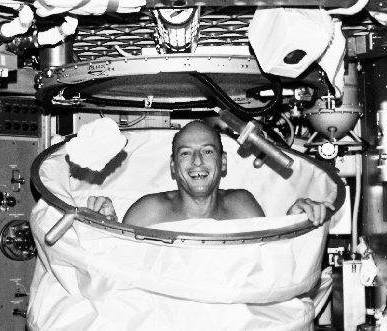
The first astronauts would spend several days in the isolation chamber without contact with the outside world. The purpose of this test was to establish their psychological stability in the event of loss of radio contact with the Earth. Later this test was excluded from the training programme because the time of solo space flights was over.
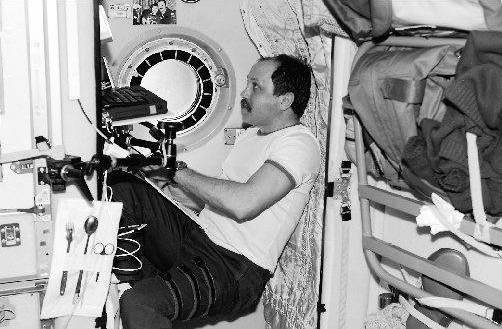
Today the physical endurance and excellent health of applicants are still requirements but are somewhat less rigorous. For instance, slightly defective eyesight is not an obstacle. Of course, not anyone can perform a space flight. Even in the remote future people suffering from a heart disease or hypertension will hardly be able to go on a space travel.
Moreover the duties of a man in an orbital space ship or space station have been broadened. He must conduct scientific, technological and medical experiments. The wider the range of jobs he must do the better knowledge he must have in many fields of science.
Alex Grachov, Sergey Kozin Copyright © 2007 – 2012 Spacefeelings.com. All rights reserved. Copyright/IP Policy.